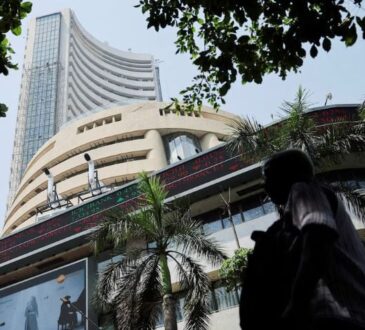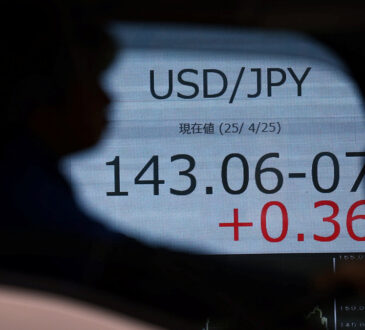
What’s going on here?
On July 4, 2024, the Indian rupee struggled against other Asian currencies after the Reserve Bank of India (RBI) intervened following an unexpected election result.
What does this mean?
The RBI stepped in after Prime Minister Narendra Modi’s alliance narrowly secured victory, raising concerns about political stability. This intervention involved non-deliverable forwards (NDF) maturing on July 4, boosting demand for US dollars. Consequently, the rupee remained almost unchanged at 83.5275 against the dollar at 10:10 a.m. IST. Meanwhile, US economic data indicated a slowdown, causing the dollar index to dip by 0.3% and US Treasury yields to fall, sparking hopes for Federal Reserve rate cuts. Despite this, high dollar demand kept the rupee from gaining alongside other Asian currencies, which rose by 0.1% to 0.2%.
Why should I care?
For markets: Rupee’s rough ride.
Despite a broad rise in Asian currencies, the rupee faced pressure due to significant dollar demand. The dollar/rupee fix traded at a premium to the RBI’s reference rate, highlighting this demand. A senior FX trader speculates that the RBI may continue to intervene to manage the rupee’s weakness, given its current fragility.
The bigger picture: Global ripple effects.
A cooling US economy has raised the odds of a Federal Reserve rate cut in September to over 70%, according to CME’s FedWatch tool. Signs of weakening in US manufacturing and the jobs market support this outlook, with DBS Bank forecasting two rate cuts this year. This could significantly impact global markets, including emerging economy currencies like the rupee, as investors adjust their strategies in anticipation of lower US interest rates.




